A thousand years, a hidden hamlet
Each step takes you
further back in time
Each step takes you further back in time
Time stands still amid the mighty shadow
of the mountains; Nishi-Awa,
where life and warmth exist unchanged from days of old.
Discover new life in tradition.
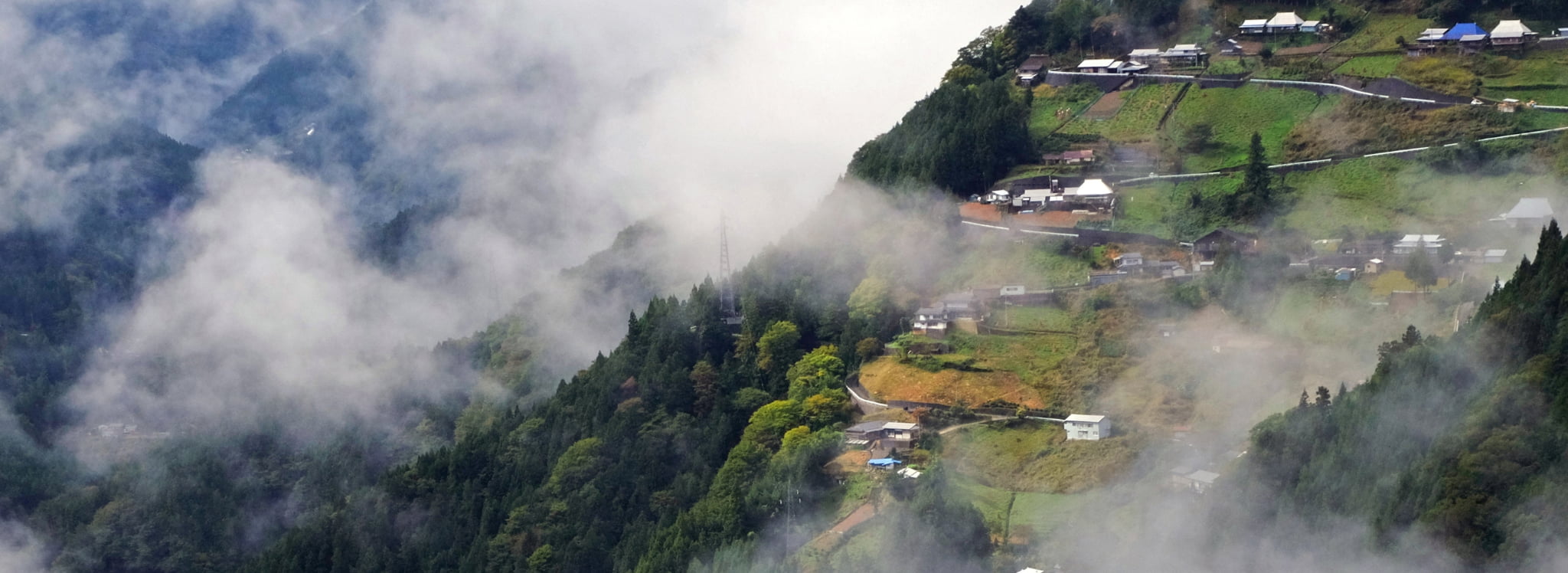
About Nishi-Awa
The region of western Tokushima consists of two cities, Mima and Miyoshi, and two towns, Tsurugi and Higashi-Miyoshi.
Cozy hamlets rest on steep mountain slopes; an agricultural landscape of stone-walled fields and farmhouses. The scenery itself echoes the soul of tougenkyo, an earthly paradise.
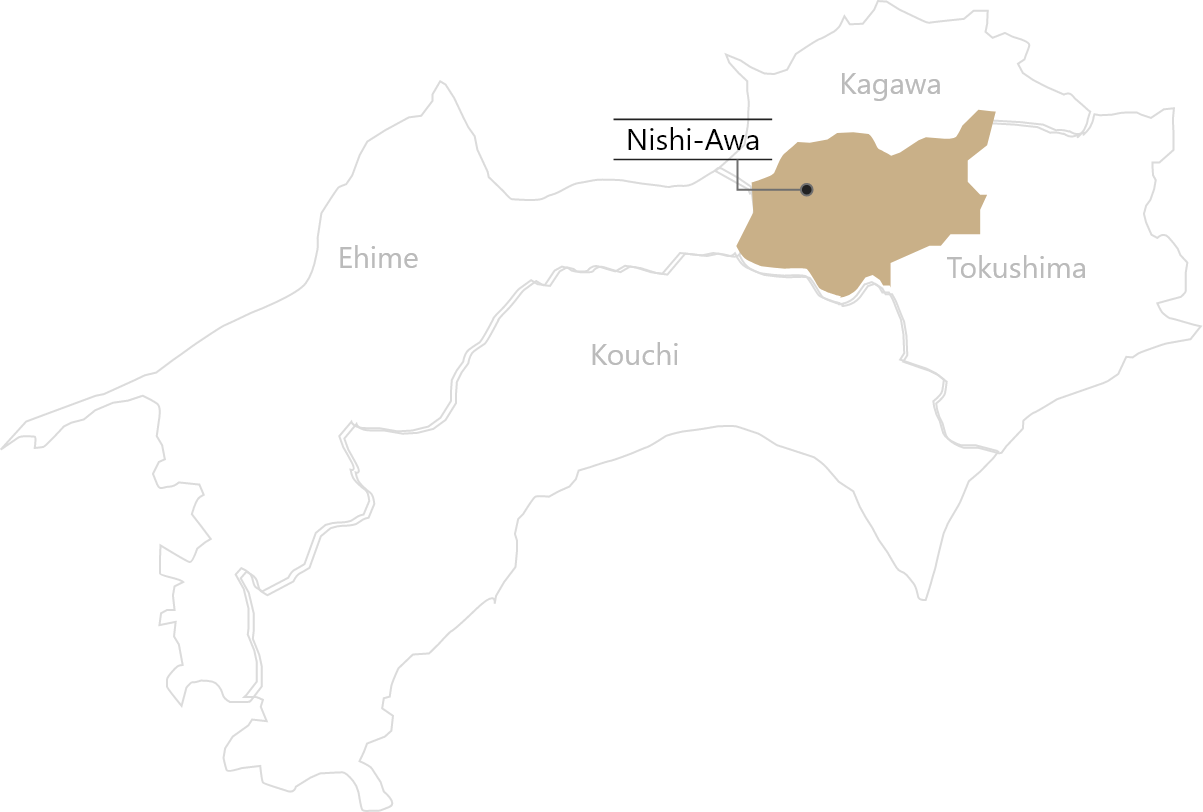
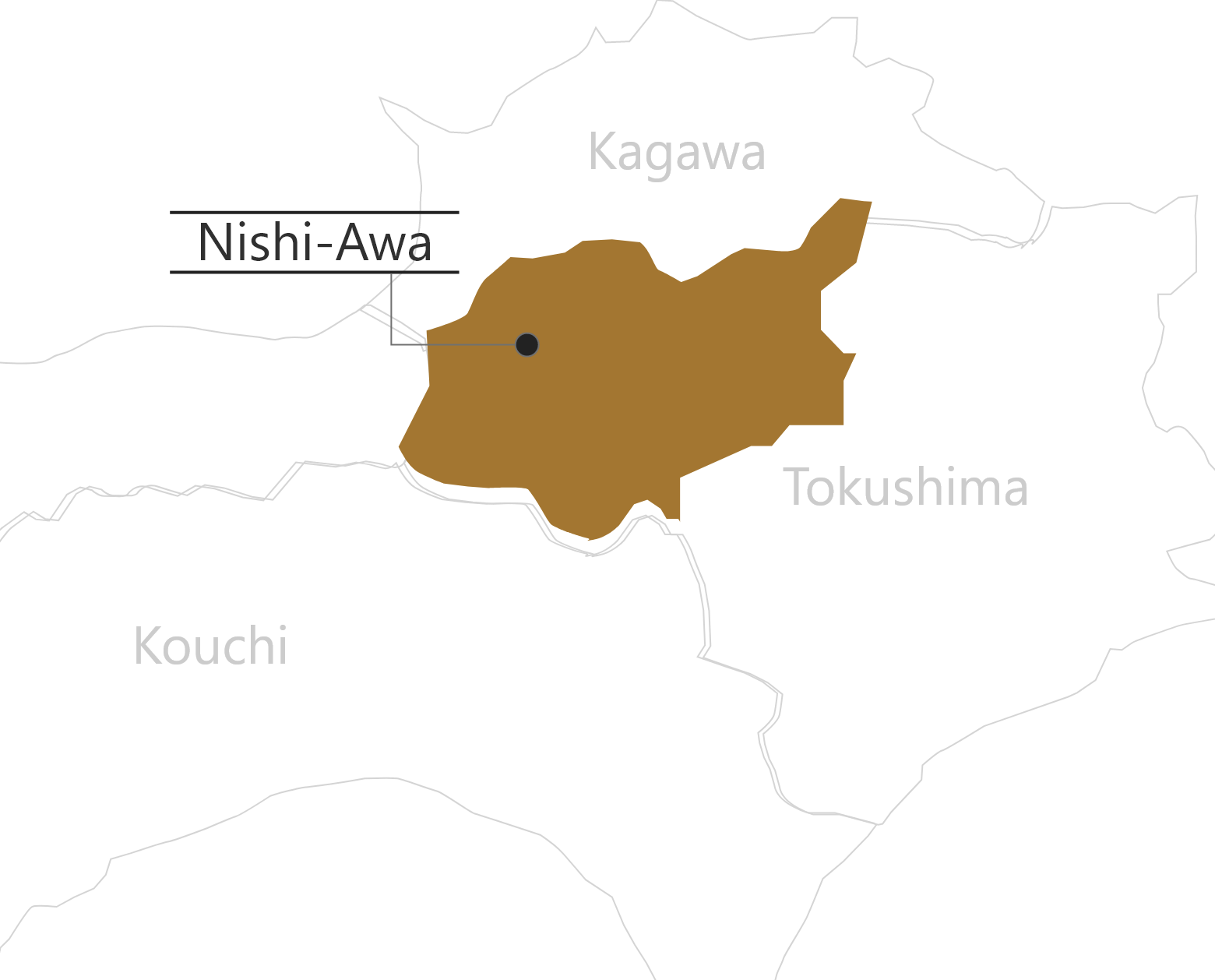
The Charms of our Land, Nishi-Awa
Life in the Hamlets
Since ages past, the people of Nishi-Awa have made a living on rugged mountain terrain, despite the steep slopes and turbulent rivers. The people have respected gods enshrined in the surrounding nature for generations, and have received the blessing and bounty of the land and river alike, even when storms rage.
The people build their lives upon community and support of one another, partaking of the warmth and peace of a slow life at peace in nature.
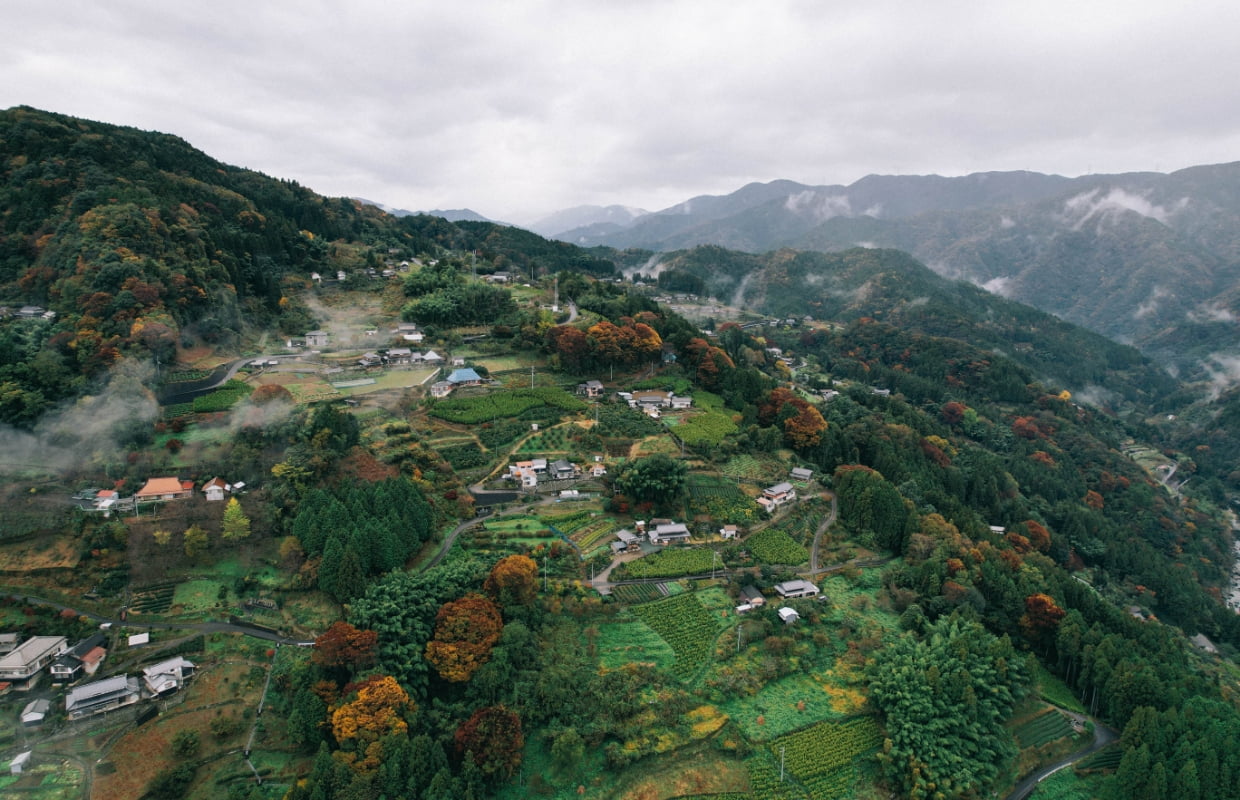
Stone walls were constructed on these steep slopes to keep the soil in place and serve as barriers for people’s homes. The soil on the slopes is at the mercy of the weather, and can easily slide down the mountain, so taking care of the earth in these plots is a time-consuming and laborious way of life.
But the community is in harmony, together building stone walls, houses, and roads while paying respects to the local deities. Everyone also pitches in to cut grasses, harvest fertilizers for compost, and bundle them together in a cone-shape called “koeguro”, which is an iconic sight in the Nishi-Awa area. This unique scenery harkens back to traditional Japanese landscapes, a nostalgic and harmonious sight.
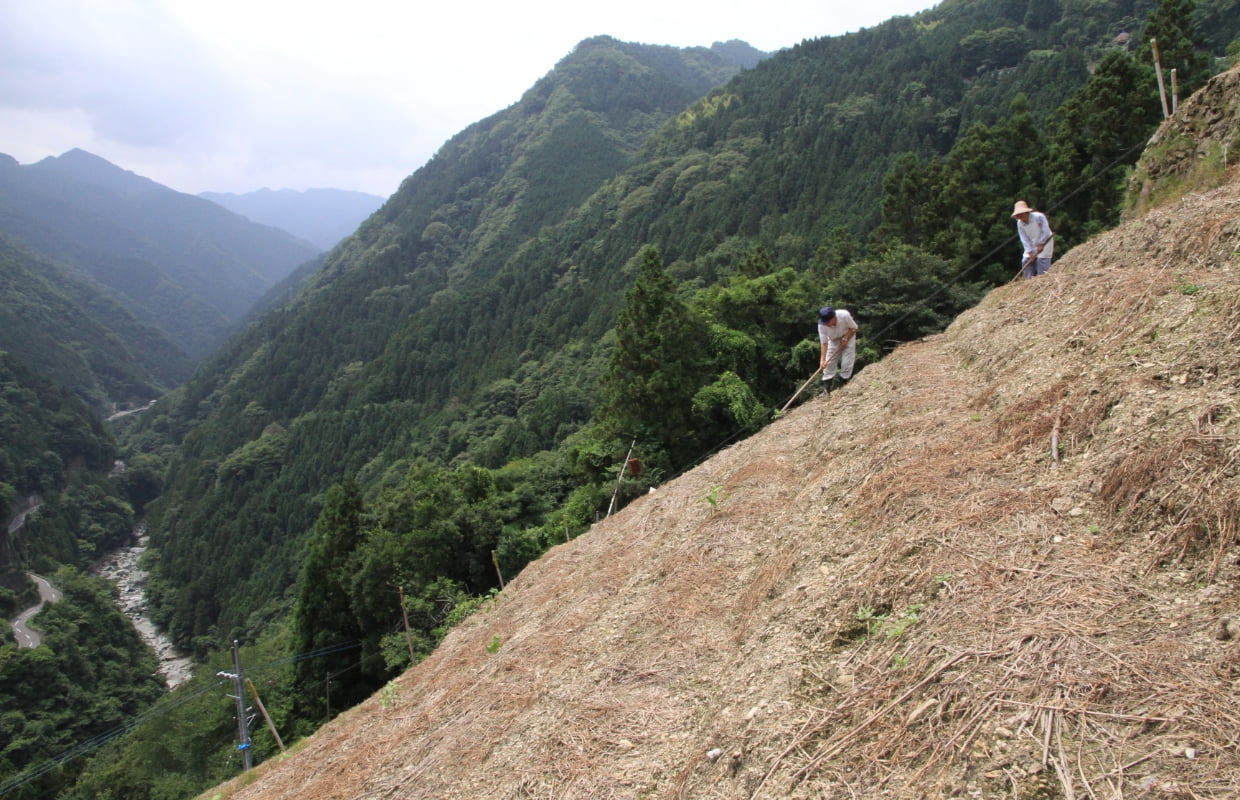
Globally Important Agricultural Heritage Systems
Nishi-Awa Steep Slope Land Agriculture System
In Nishi-Awa, this rare system of steep slope agriculture has been passed down from generation to generation. The mountainous land is unsuitable for cultivating rice, so the production of buckwheat (soba), multigrains, millet, mountain tea and seasonal vegetables has thrived. From this unique bounty of local ingredients, simple but flavourful dishes were born, such as sobagome (buckwheat porridge), dekomawashi (skewers with potato, tofu and konnyaku coated in sweet miso), and hirarayaki (fish and vegetables with miso baked on stone). Experience the unique landscapes, food culture and traditions of Nishi-Awa, and meet the friendly locals who will make you feel like a part of the family. The beauty and traditions of the land echo throughout the generations, and endure in the hearts of all who visit.
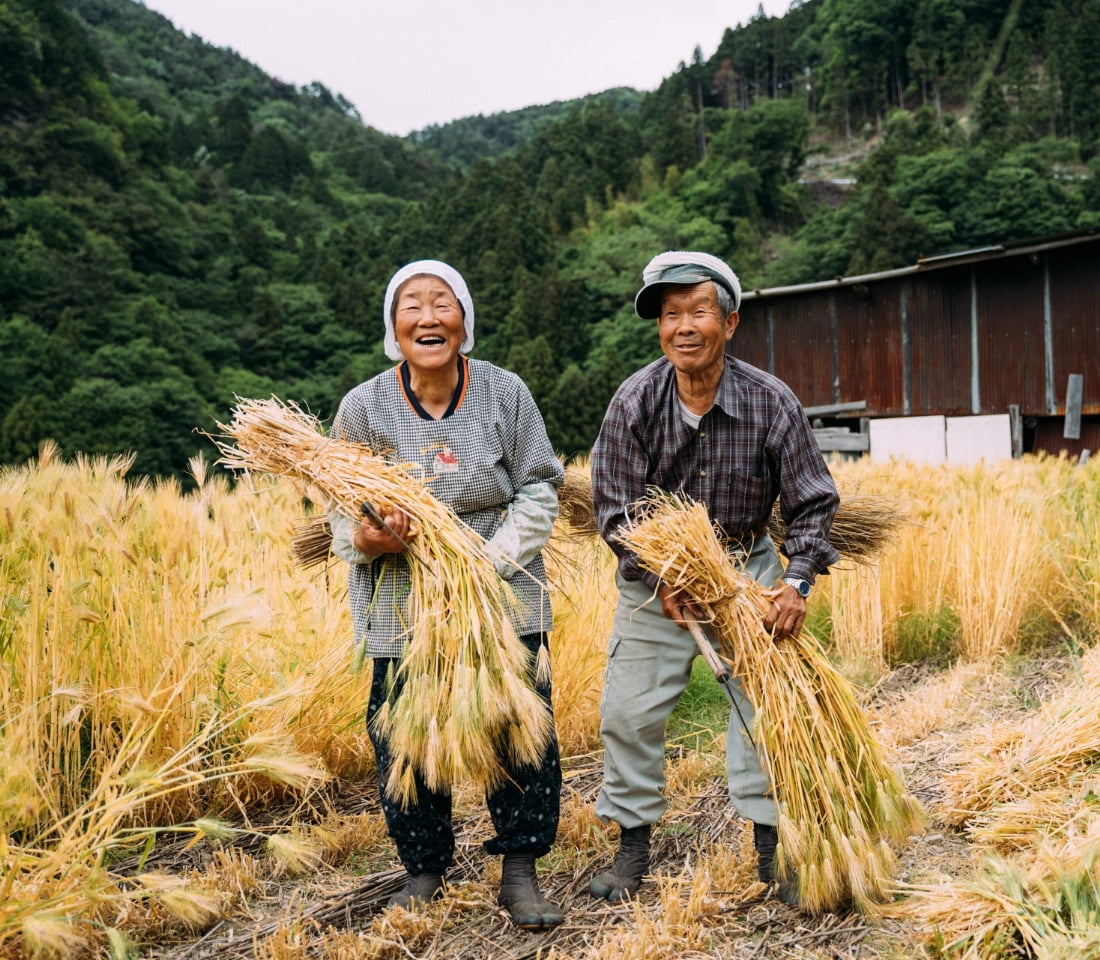

 Search
Search

